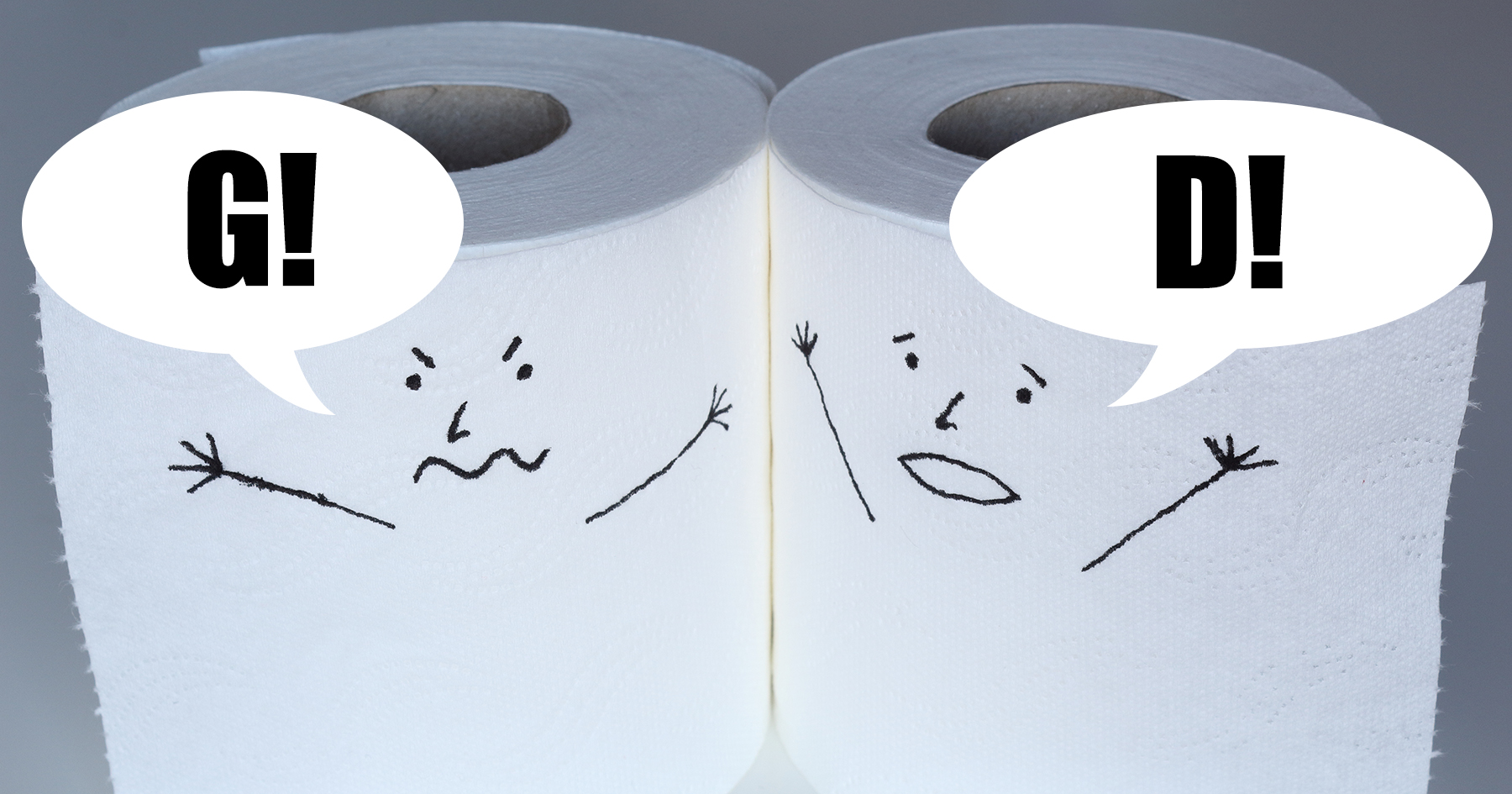Why Does This Matter?
It really kinda doesn’t. “Sweet Home Alabama” is one of THE most popular songs performed by rock cover bands. Communicating things like keys, beginnings and endings are important with bands performing live. But the truth is…if you know how to play the song correctly, who cares what key it’s in? Well apparently people do care, and everyone wants to be right. So here we’ll break this down and look at all of the facts.
What’s in a key?
The key of a song is a basic blueprint of the correct notes and chords to play that are a part of that scale. There are 12 notes. So there are 12 Major scales and 12 minor scales — resulting in 24 basic scales that most music is built around.
As a general rule the key is also the tonic, or root of the song. Often times the first note and last note of a song will be the same as the key. There are MANY instances where this is not the case, but as a starting point for a musician, you want to assume that the song will be based around the key, and will likely wrap up on that note or chord.
What’s the Big Mystery With “Sweet Home?”
The main riff in this mega-popular Lynyrd Skynyrd hit is D-C-G — or the V-IV-I chords in G Major. Based solely on that, it makes sense that the song is in G Major and simply starts on the five (V) chord. This is actually and factually correct. The song is in G Major.
However, the band throws in a F Major to C Major change in several places of the song. What’s up with that? Well…despite the key of a song, writers have been known to add a chord that doesn’t belong in order to offer a different sound. It happens all the time and doesn’t actually affect the key. So we’re still in G Major, right?
Well, yes, but the main issue here is the “tonic center,” or where the song feels like it resolves.
Resolves?
Yeah. Where the song comes to an end and feels complete. It’s the musical ending that give the listener a sense of closure. Not all songs resolve and that’s usually intentional. Sometimes songs want to leave you hanging, or wanting more, or just uncomfortable. But in most cases (most meaning greater than 50%), songs will resolve to the tonic or the root, which we’ve already determined is usually the same as the key.
So How Does Lynyrd Skynyrd Resolve It?
They don’t. At least not on the original recording. Fade-outs were a very popular method of ending songs in the earlier days of rock-n’-roll, and Lynyrd Skynyrd employed this option in its early 70’s studio recording.
But after some diligent YouTube research watching numerous live videos of the band performing the song, they end on a G major chord every time. So it’s in G Major…right!!?
Yes. I mean, maybe. Songs don’t always end on the root. But as far as LS in concerned, that’s what they’re doing. So this should be a no-brainer. However, there is clearly more to this. Let’s soldier on.
Why Do Musicians Think The Key of the Song is D?
A D Major chord is the first thing you hear when the song starts. In fact, most casual listeners can “name that tune” within the first two quarter notes. It also starts on the “one,” or the first beat of the song, and lands there everytime throughout. As most songs (more than 50%) end on the tonic, most also end on the one.
By following the chord progression as it is, the natural end on the one is a D chord. To a casual listener it feels like the end.
D Major is also the mixolydian mode based on the fifth step in G major. The major scale and the mixolydian modes are very close relatives — with only a one half-step difference for the seventh note of those scales. Since the first chord of the song is a D Major (which could be the key of D Major OR G Major), to some it “feels” like that is the key of the song.
So Who is Right?
You are!
In the big picture, it really doesn’t matter what you’ve determined the key of the song to be.
If you’re concerned about how to approach your solo, you could simply stick with pentatonic and not hit any bum notes. Or you can experiment with different options and decide for yourself what sounds best.
Or you could just learn it from the actual recording and play it right.



